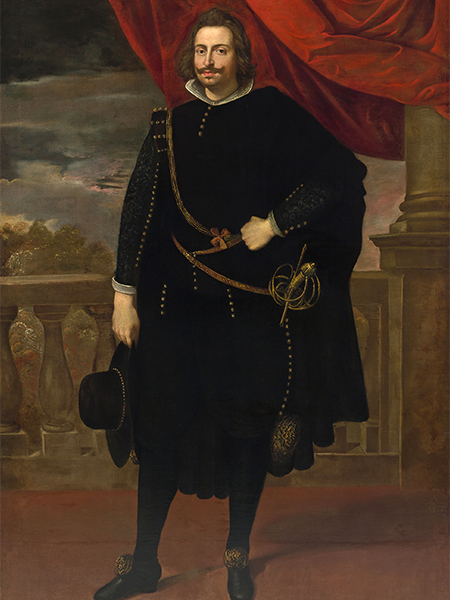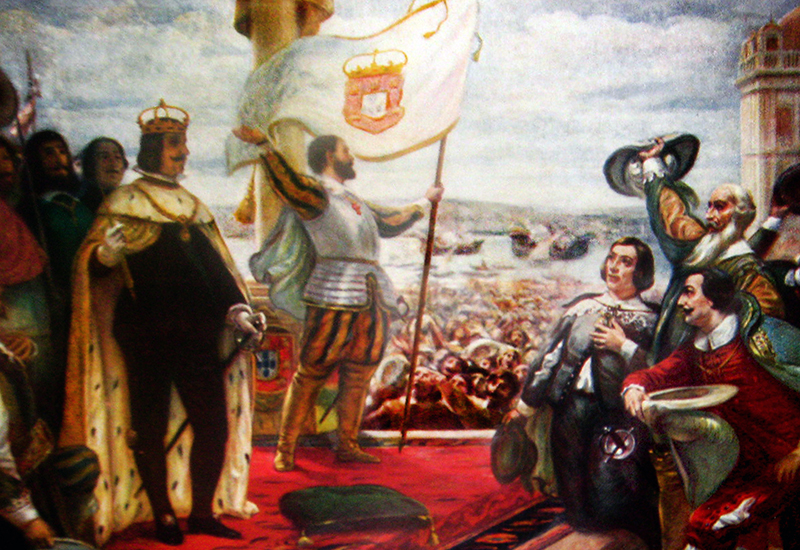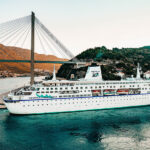Portugal’s public holiday on 1 December – Restoration of Independence Day – celebrates the ending in 1640 of a brief period of Spanish rule, the only breach in the country’s long history of sovereignty. The story starts with a headstrong young king and ends with England acquiring a Portuguese queen.
Sebastian inherited the throne in 1557, aged just three. His uncle, Cardinal Henrique, acted as Regent until Sebastian came of age in 1568 and assumed full monarchical duties at 14. He quickly proved a headstrong young man, dismissing all the recommended advisers and instead pursuing his own course, which centred on eradicating all traces of Islam. While he rejoiced at the beheading of heretics at home, he began amassing a military force to invade Morocco in the name of Christ. Sebastian set sail with his 24,000-strong invasion force in 1578. However, he underestimated the Moroccan resistance and his troops were totally outnumbered and quickly defeated. Sebastian was killed in the fighting. It is thought that only a few hundred of his men made it back to Portugal.
Sebastian’s untimely death created an immediate problem as he had no heir. Initially, Cardinal Henrique stepped forward again and assumed the role. But he, too, had no heir and was now old. In the hope of securing his succession, he asked the Pope for permission to break his vows of chastity and seek a bride. However, Pope Gregory was under the influence of the Habsburgs, who had their own designs on the Portuguese throne and took his time. Henrique died in 1580, still waiting patiently for the pope’s permission. The result was a battle for the succession to the throne, fought out by a large field of claimants. The ultimate winner of this predominantly political struggle was Philip II, the King of Spain, thus ending over 400 years of Portuguese independence.
Philip II held the Portuguese throne until his death in 1598. To secure his position, he handed most of the top court jobs to members of the Portuguese nobility and also ensured they were richly rewarded for their efforts. As a result, his position faced little domestic opposition.
However, an important consequence of the Spanish rule of Portugal was that England now saw its long-standing ally as a new threat. Backed by Elizabeth I, Francis Drake attempted to overthrow the Spanish rule of Portugal, first in 1589 when he tried to install Don Antonio, the illegitimate nephew of the Portuguese King John III, onto the throne. But his attempt to attack Lisbon failed miserably. Drake was back in 1596, this time in Faro. However, he found little worth plundering except the Bishop of the Algarve’s impressive library in Silves. Drake took all the books and eventually handed them to Sir Thomas Bodley, who used them as the core of his collection for his new library in Oxford.
Portugal’s next two Spanish monarchs cared little about the country and rarely even set foot in it. They got rid of the Portuguese nobles in the court and instead piled on taxes to be remitted to Spain. Eventually, the Portuguese resolved to bring an end to Spanish rule. A group of 40 conspirators burst into the Royal Palace in Lisbon on 1 December 1640, killing the acting head of government and arresting the Duchess of Mantua, the Vicereine of Portugal, having eventually found her cowering in a cupboard.
The rebels’ timing was opportune. Spanish forces were tied up suppressing a revolt in Catalonia and unable to transfer to Lisbon. Although the Spanish administration collapsed instantly, and John, the Eighth Duke of Braganza, was immediately declared king, the transition back to full Portuguese sovereignty did not go unchallenged. The Restoration War dragged on until 1668, with Spanish forces making a number of attempts to cross the border and recapture Portuguese territory. But all the attempts failed and Spain eventually gave up, accepting the legitimate rule of the House of Braganza and the restoration of Portugal’s colonies in the Treaty of Lisbon.

John IV, however, was a reluctant king who was unable to resist the pressure from his ambitious wife, Queen Luisa, who is reputed to have said, at the time of the rebellion when her husband’s claim to the throne was being promoted, “better queen for a day than a duchess for life.” After her husband’s death in 1656, she became regent as her son was still too young. He was also mentally unwell, and so Luisa continued her regency after he reached majority.
Over her ten-year regency, Luisa realised that in order to secure lasting defences against continuing Spanish ambition, Portugal needed to rebuild its international alliances, in particular with France and England. Her best bet for doing this was to secure a politically useful marriage for her daughter, Catherine. First, she offered her to Louis XIV, who turned her down. Undaunted, she was then offered to the new English king, Charles II, who accepted the offer.
Catherine of Braganza thus became England’s Portuguese queen – all as a result of trying to fix the damage done as a result of Sebastian’s egotistical crusade almost 100 years before.
Main image: João IV proclaimed king © Veloso Salgado, Public domain, via Wikimedia Commons













